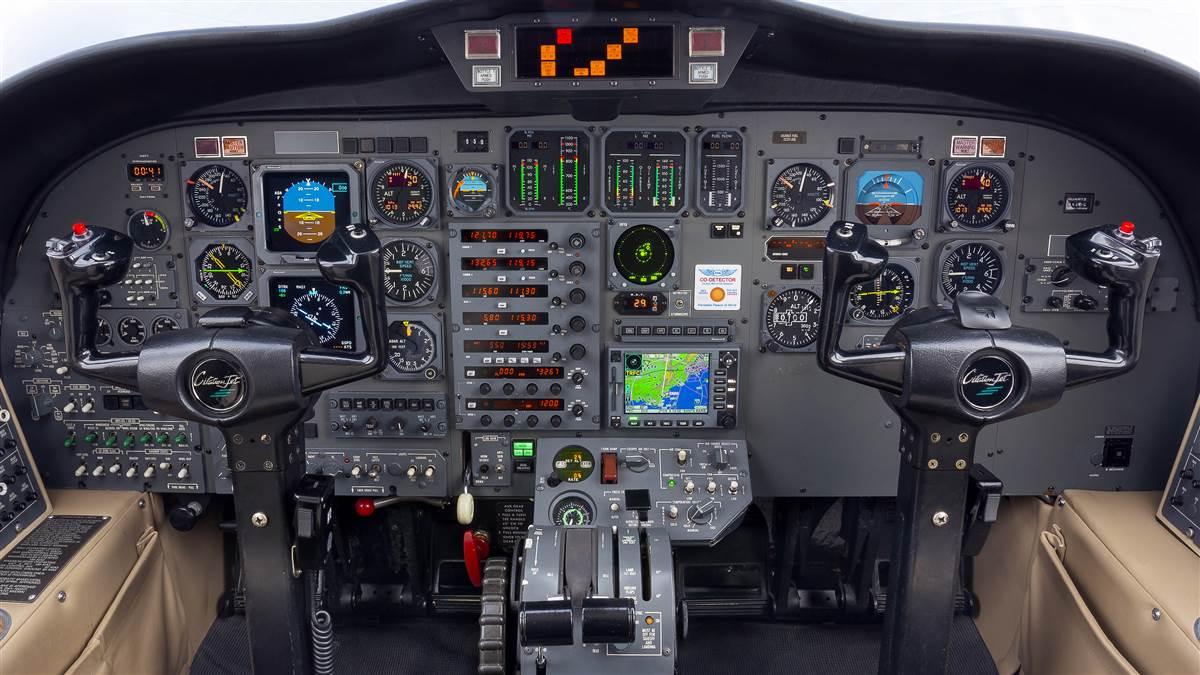From the editor: A convention as bellwether?
NBAA’s annual event looks to the future

The National Business Aviation Association’s annual Business Aviation Convention and Exhibition (NBAA-BACE) is a fixture in the turbine airplane world. In fact, it’s the world’s most significant event in the Jet A-propelled community. Every autumn this trade show shuttles between Orlando and Las Vegas, bringing with it thousands of attendees, hundreds of manufacturers and vendors, and all manner of other participants at the periphery of this highly specialized industry.
Every year there’s a certain feel to the show, and everybody asks everybody else his or her opinion of the prevailing mood. This year’s NBAA-BACE was in Las Vegas. That right there set a tone, as the show took place in the immediate aftermath of a gunman’s mass shooting spree. Las Vegas was uncharacteristically contemplative. And NBAA-BACE seemed to lack a certain vigor.
There were no new airplane announcements this year. This, at a venue that’s usually chosen as the time and place for the latest and greatest product unveilings. Sure, Garmin revealed a slew of new avionics for the turbine market—most notably, a head-up display (HUD), a new Doppler radar, and a G1000NXi retrofit for Cessna Citation Mustangs. But any other rollouts were of a lesser order of magnitude in the grand scheme of things.
In many ways, today’s economic condition is like that of 2008. The stock market was in record territory, and inventories of good used airplanes were high. In short, the atmosphere was steady-as-she-goes. Honeywell’s annual business aviation forecast—the convention’s traditional kickoff event—predicted new bizjet deliveries would be down by 2 to 3 percent (about 8,300 jets) over last year’s predictions. By the end of 2017, Honeywell said 30 fewer jets would be delivered than last year. And any growth in the near term would go to the large-cabin segment, which would claim 85 percent of the money spent in the next five years. (Of course, they cost more.) Mention of a 3- to 4-percent growth-rate recovery was relegated to the long-range end of Honeywell’s forecast spectrum, which covered a whopping 10-year time frame, from 2017 to 2027.
Honeywell’s forecast was once revered as an infallible oracle—until 2008, when its usually cheery forecast was nullified by a major recession. A hastily prepared follow-up forecast was less sanguine. Now, experts are less trusting.
In many ways, today’s economic condition is like that of 2008. The stock market was in record territory, and inventories of good used airplanes were high. Unlike 2008, privatization of the ATC system, instability around the world, uncertain political times, and the prospect of trade wars have become issues of heightened importance. The upshot? Purchase and investment decisions are put on hold.
I hope I’m wrong. After all, there is reason to expect better times. It’s entirely likely that buyers are deferring purchases until the 2018-2019 time frame, when new models—such as Cessna’s Longitude and Denali, Pilatus’ PC–24, Embraer’s Phenom 300E, Nextant’s G90XT, and Bombardier’s Global 7000—are slated for certification or entry into service. But it would sure help if the glut of nice, older turboprops and jets built over the past 20 years would sell off. —Thomas A. Horne, Turbine Pilot Editor



